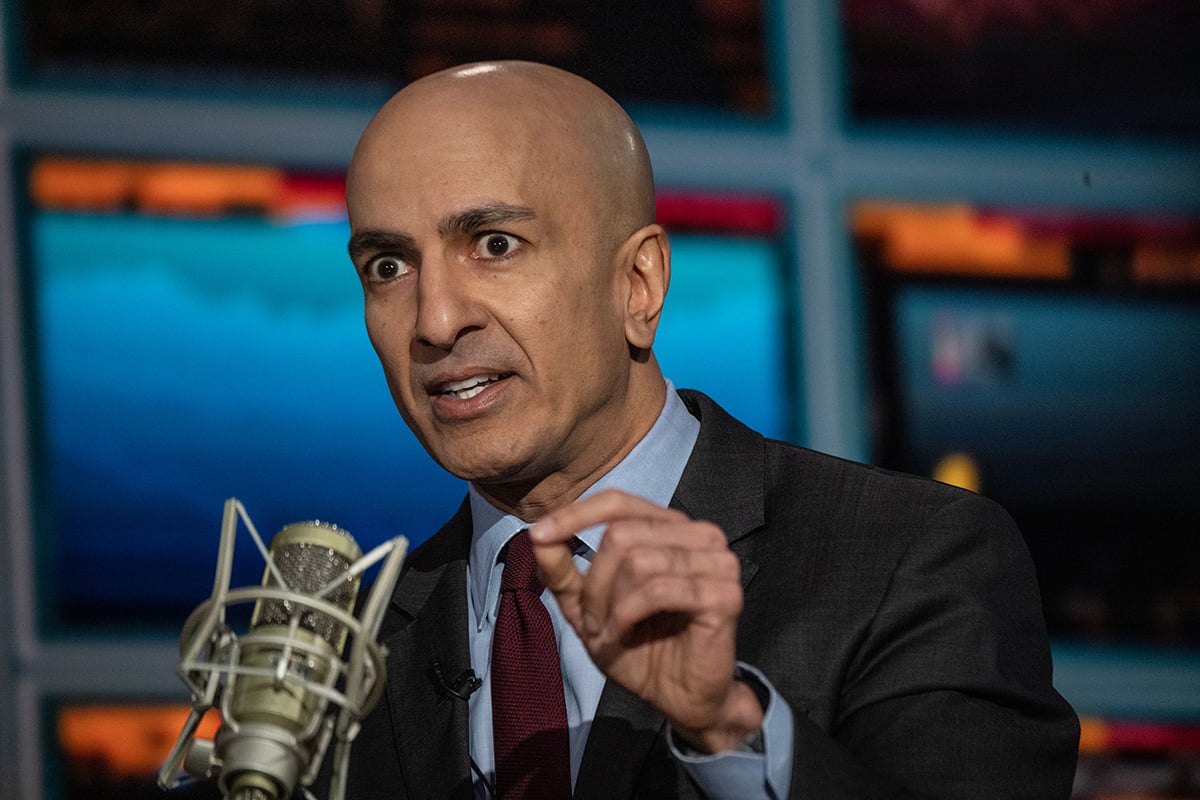Apple said it will bring hundreds of billions of overseasdollars back to the U.S., pay about $38 billion in taxes on themoney and spend tens of billions on domestic jobs, manufacturingand data centers in the coming years.
|The iPhone maker plans capital expenditures of $30 billion inthe U.S. over five years and will create 20,000 new jobs atexisting sites and a new campus it intends to open, the companysaid Wednesday in a statement. Apple's shares gained about 1% to$178.32 at 2:51 p.m. in New York.
|“We are focusing our investments in areas where we can have adirect impact on job creation and job preparedness,” CEO Tim Cooksaid in the statement, which alluded to unspecified plans by thecompany to accelerate education programs.
|In its December approval of the most extensive tax-coderevisions since 1986, Congress scrapped the previous internationaltax system for corporations — an unusual arrangement that allowedcompanies to defer U.S. income taxes on foreign earnings until theyreturned the income to the U.S. That “deferral” provision ledcompanies to stockpile an estimated $3.1 trillion offshore.
|By switching to a new system that's designed to focus ondomestic economic activity, congressional tax writers also imposeda two-tiered levy on that accumulated foreign income: Cash will betaxed at 15.5%, less liquid assets at 8%. Companies can pay overeight years.
|Apple has the largest offshore cash reserves of any U.S.company, with about $252 billion at the end of September, the mostrecently reported fiscal quarter. The tax rate indicates that Appleis likely bringing a majority of its overseas cash back to theU.S., leaving only a small portion for international investmentslike retail stores.
|“They're going to have well over $200 billion by the end of thisyear that will be available for incremental investments, capitalreturns and M&A,” said Matthew Kanterman, a BloombergIntelligence analyst. The new tax law lets U.S. companies bringoverseas cash reserves back home in one year and pay the resultingtax bill over eight years. “And Apple hasn't historically done bigM&A,” he said.
|The $30 billion in capital expenditures will come as part of$350 billion that Apple expects to spend in the U.S. over the nextfive years. The 20,000 new jobs include additional Apple employeesat its campuses, data centers, and retail stores, but notthird-party developers for iPhone and Mac apps, an economy Applehas touted in the past.
|Apple said that part of the $30 billion in capital expenditureswill go toward a new U.S.-based campus, new data centers andadditional supplier investments. The company, which opened a newheadquarters in Cupertino last year, said its new U.S. siteinitially will be focused on employees who provide technicalsupport to Apple product users. The new location, which Apple saidit will announce later this year, will be similar to the company'sexisting campus in Austin, Texas, for supply-chain andtechnical-support employees.
|Apple said it will increase its local manufacturing fund,announced last year, from $1 billion to $5 billion, indicating thatit will be sourcing more components for its products domestically.As part of the original fund, Apple invested in Corning Inc. andFinisar Corp., companies that make components for iPhone glassscreens and lasers for Face ID and AirPods, respectively.
|“These are probably many capital expenditure initiatives and newsite build-outs that Apple was already planning on doing regardlessof repatriation,” said Michael Olson, an analyst at Piper Jaffray,who has the equivalent of a buy rating on the stock.
|“What's not said in this release is that there is more potentialfor increased buybacks for shareholders and acquisitions that mightnot have taken place if it were not for the cash influx fromoverseas,” Olson said. Apple typically provides updates on itsshare buyback program when it announces second quarterearnings.
|Copyright 2018 Bloomberg. All rightsreserved. This material may not be published, broadcast, rewritten,or redistributed.
Complete your profile to continue reading and get FREE access to Treasury & Risk, part of your ALM digital membership.
Your access to unlimited Treasury & Risk content isn’t changing.
Once you are an ALM digital member, you’ll receive:
- Critical Treasury & Risk information including in-depth analysis of treasury and finance best practices, case studies with corporate innovators, informative newsletters, educational webcasts and videos, and resources from industry leaders.
- Exclusive discounts on ALM and Treasury & Risk events.
- Access to other award-winning ALM websites including PropertyCasualty360.com and Law.com.
*May exclude premium content
Already have an account? Sign In
© 2024 ALM Global, LLC, All Rights Reserved. Request academic re-use from www.copyright.com. All other uses, submit a request to [email protected]. For more information visit Asset & Logo Licensing.






